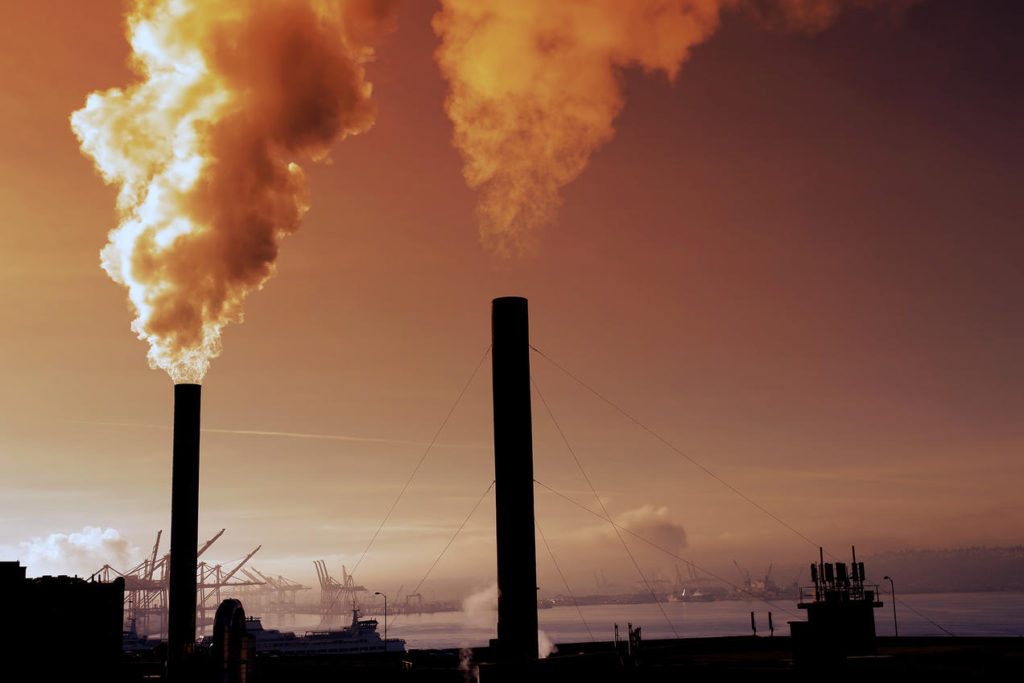In recent years, the Arab World has been experiencing unprecedented economic growth and expansion, which consequently, has led to environmental deterioration across a number of major cities.
Now more than ever, air quality is at its lowest point, with an estimated half a million people dying every year due to reasons linked to air pollution, according to the World Health Organization’s (WHO) statistics.
Elevated levels of nitrogen oxides, sulfur oxides, and heavy metals are contributing factors to hazardous air quality, causing susceptibility to infections and asthma, while long-term exposure can lead to chronic lung diseases.
In no particular order, the following is a list of the Arab cities with the highest levels of air pollution.
Dubai, United Arab Emirates
One of the UAE’s most prominent economic powerhouses, the Emirate of Dubai, has one of the worst levels of air quality in the Arab World.
The government, however, is not standing idle, as it has heavily invested in sustainable infrastructure such as electric cars and solar energy parks. By 2050, Dubai aims to generate three quarters of its energy needs.
Al Ahmadi, Kuwait
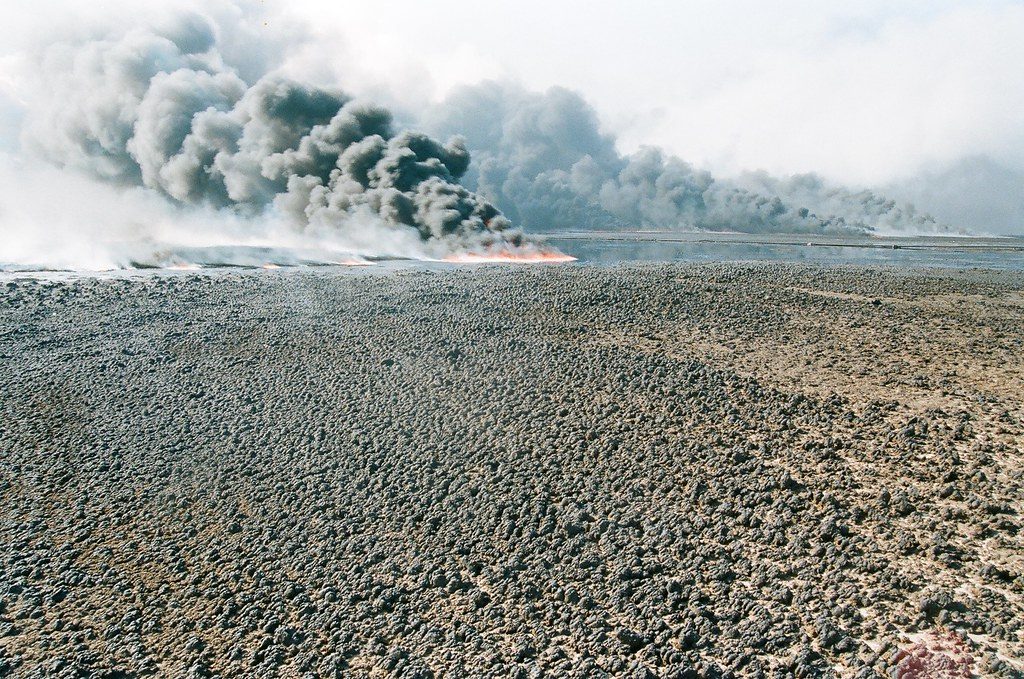
With more oil refineries than you can count, Al-Ahmadi is Kuwait’s oil capital. In fact, the city itself was founded after the discovery of oil.
Subsequently, the economic hub is one of the Arab World’s most polluted cities, especially with regards to its air quality.
Baghdad, Iraq
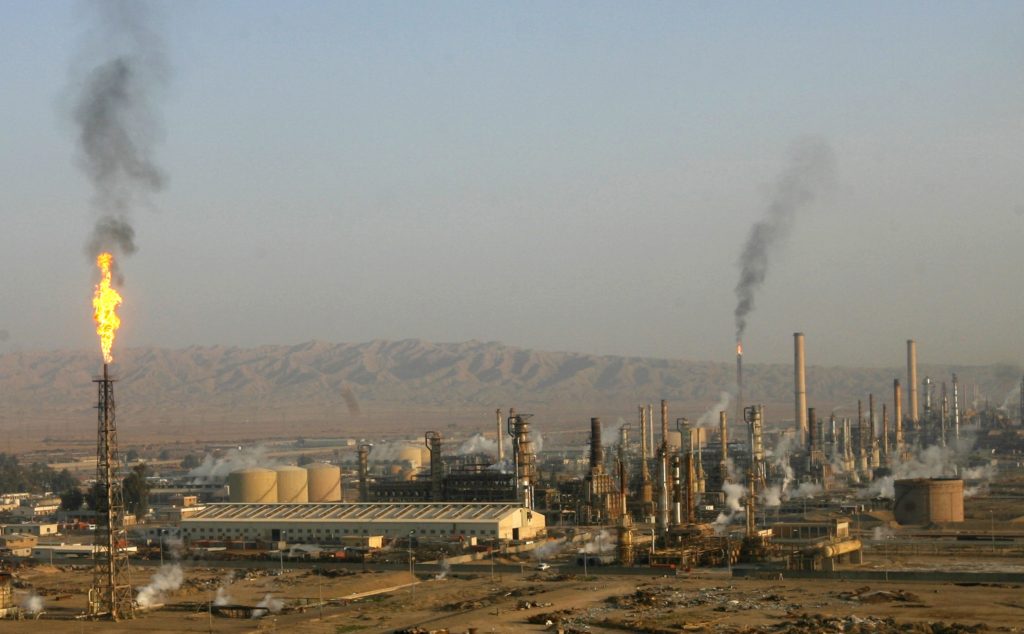
The Iraqi capital has been embroiled in political turmoil for most of its recent history. Only in the last few years have the people of Iraq started experiencing a reprieve that will hopefully last.
Environmental pollution, especially that of air, has been pinpointed as the reason behind many cancers that are widespread in that region. According to Al-Sharq Al-Awsat’s report, cancer is the second leading cause of death after cardiovascular diseases.
Cairo, Egypt
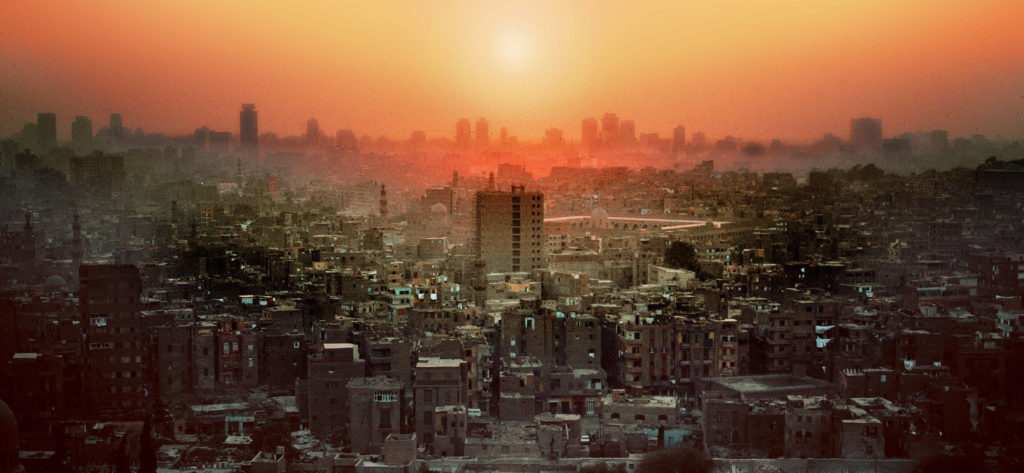
Egypt was put under scrutiny for its air, water, and land pollution. These, of course, were results of the country’s growing population, high emissions, and lack of environmentally sustainable alternatives.
With 43,000 Egyptians dying every year due diseases related to air pollution, Egypt is doing the right thing by imposing additional environmental sanctions, as well as working on improving the overall quality of life.
Both the public sector and the private sector in the country are working on actively implementing environmentally sustainable solutions, such as introducing electric cars and electric buses to its infrastructure.
Doha, Qatar

According to a 2016 WHO study, the Qatari capital’s air pollution exceeded safety limits, becoming harmful to residents’ health.
The report found out that Qatar had the second highest levels of PM2.5 particles in the world, behind Saudi Arabia.
Research by Atmospheric Environment found out that desert dust could be one of the major contributors to air pollution. This could mean that the high levels of artificial air pollution aren’t a direct cause of health issues in the Gulf State, yet more research needs to be done to determine for sure.
Jounieh, Lebanon

According to An-Nahar, Greenpeace has ranked the Lebanese city fifth among 23 Arab cities in emitting record levels of nitrogen dioxide.
Jounieh was ranked one of the 50 most polluted hotspots of the world ahead of major cities such as Cairo and New Delhi.
The city is home to the Zouk power factory complex that emits nitrogen dioxide into the air as it burns fossil fuels such as diesel.
Riyadh, Saudi Arabia
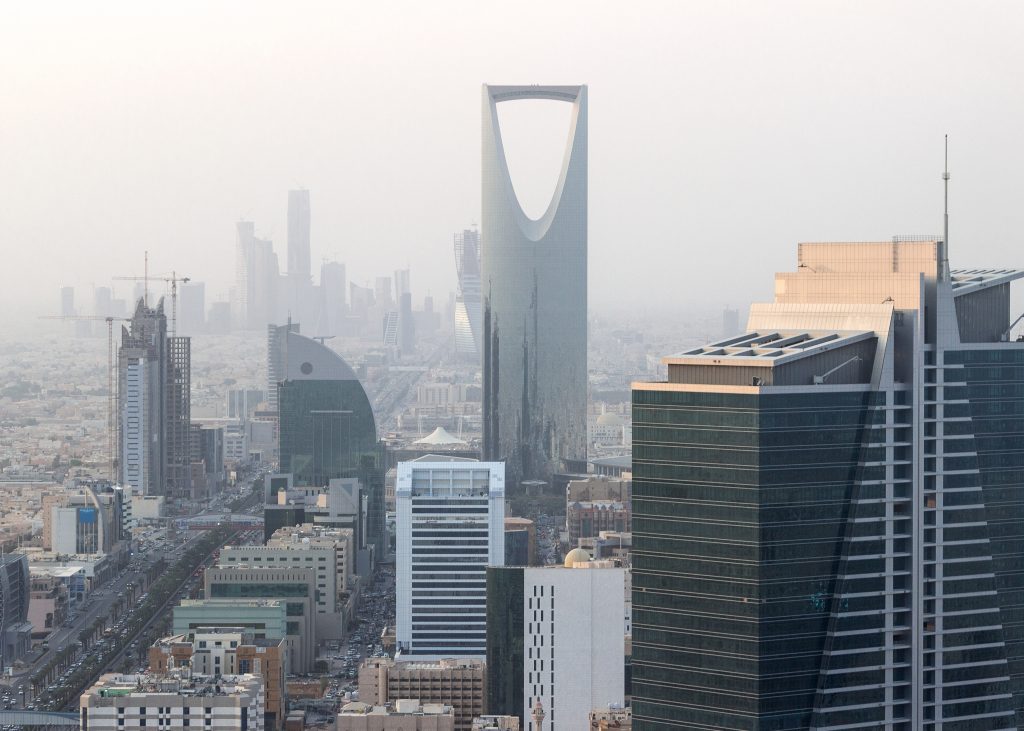
According to CBS News, a 2016 WHO report ranked Saudi Arabia’s Riyadh as the most air-polluted city in the Arab World and fourth most air-polluted in the world.
Three years later, the Saudi capital hasn’t changed much, with sandstorms, vehicle exhaust, and industrial emissions being the main culprits behind deteriorating air quality.


